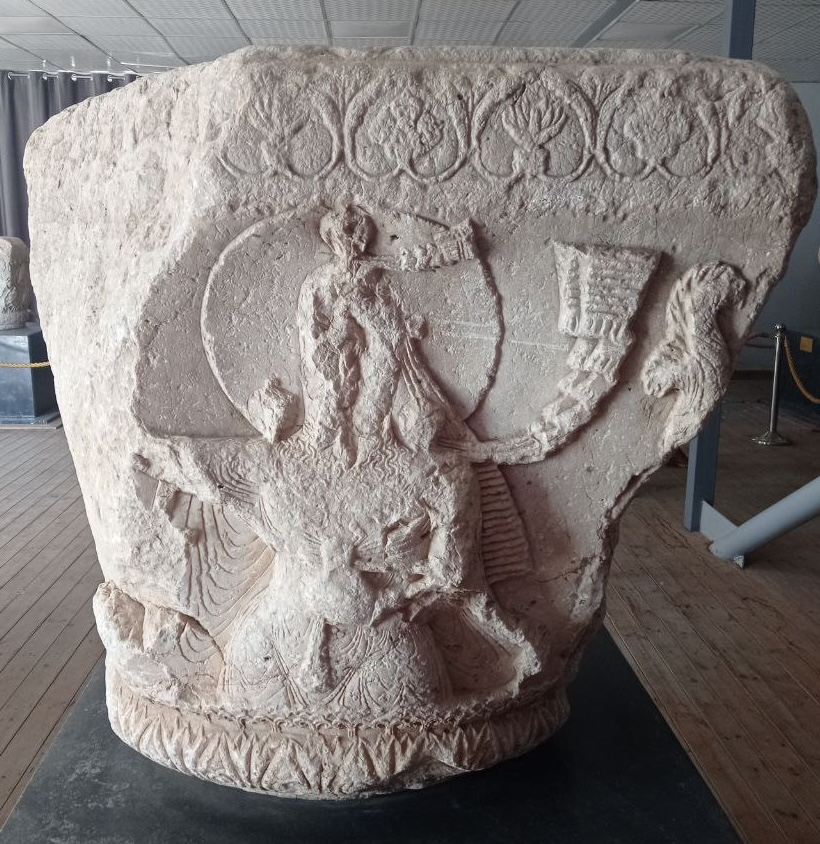Thread: Does anyone else think that this picture, allegedly showing King John on a stag hunt, looks strange, and may be hiding something in plain sight? No? Well I do 🙂 Here is why: oldeuropeanculture.blogspot.com/2017/01/king-j… 

As I mentioned in the article about the King John's hunt, the holy animal of the Slavic sun god Svetovid was a white horse, which was kept in Svetovid's temples and was used for divination.
oldeuropeanculture.blogspot.com/2015/05/svetov…
oldeuropeanculture.blogspot.com/2015/05/svetov…

But why was a white horse considered to be a solar animal? Well maybe because mating season of wild horses is driven by the sunlight. Mares fertility is tuned to day length, which means they are most fertile around summer solstice... oldeuropeanculture.blogspot.com/2020/06/trojan… 

The summer solstice is when stallions are horniest too...Enter "unicorns"... 🙂 Did I mention that horse mating season ends in September? In Virgo...
oldeuropeanculture.blogspot.com/2020/09/unicor…
oldeuropeanculture.blogspot.com/2020/09/unicor…

• • •
Missing some Tweet in this thread? You can try to
force a refresh























